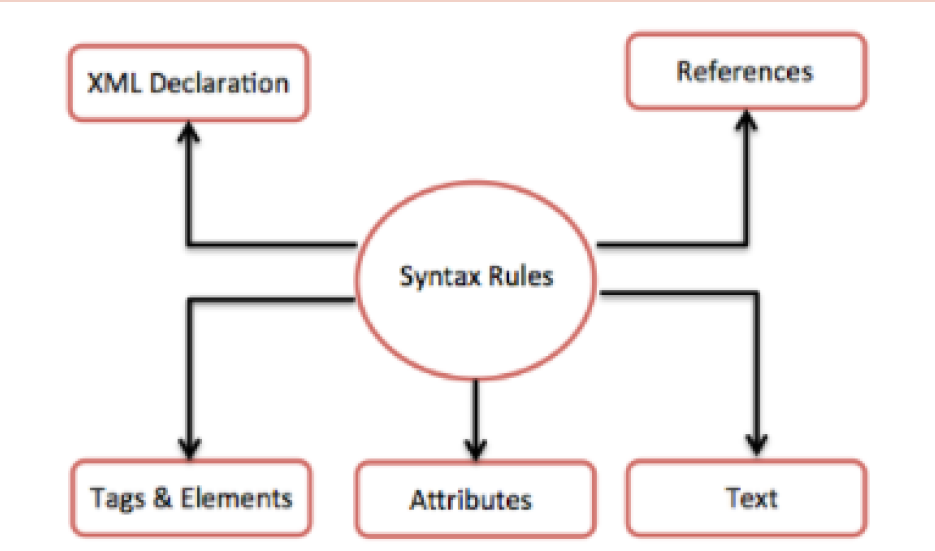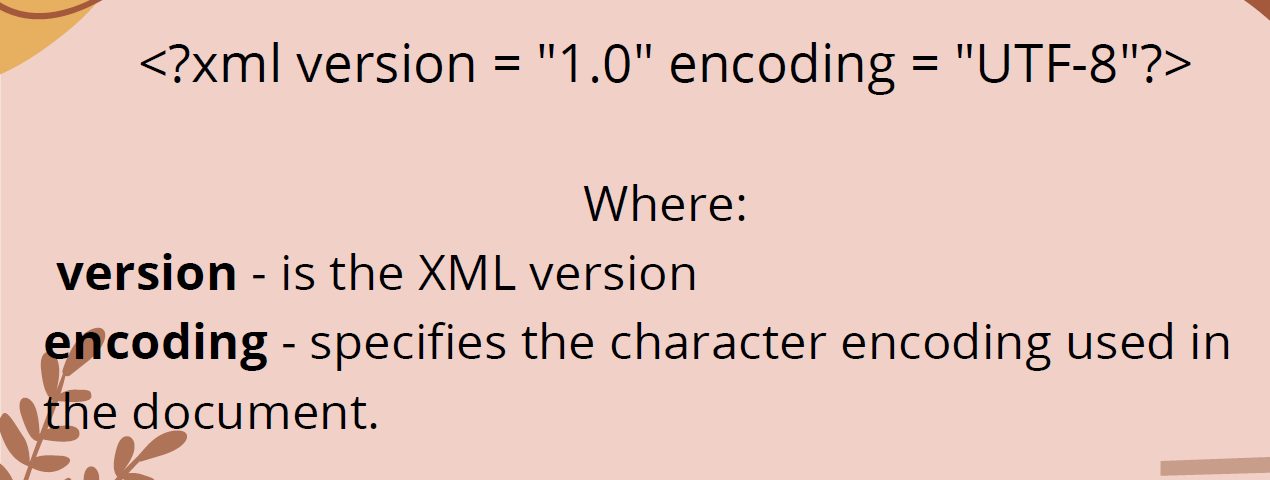XML stands for Extensible Markup Language. It is a text-based markup language derived from Standard Generalized Markup Language (SGML).
T hree important characteristics of XML
- XML is extensible.
- XML carries the data, does not present it.
- XML XML is a public standard.
XML can work behind the scene to simplify the creation of HTML documents for large web sites. XML can be used to exchange the information between organizations and systems. XML can be used for offloading and reloading of databases. XML can be used to store and arrange the data, which can customize your data handling needs. XML can easily be merged with style sheets to create almost any desired output. Virtually, any type of data can be expressed as an XML document.
- XML is a markup language that defines set of rules for encoding documents in a format that is both human-readable and machine-readable.
- Markup is information added to a document that enhances its meaning in certain ways, in that it identifies the parts and how they relate to each other.
XML does not qualify to be a programming language as it does not perform any computation or algorithms. It is usually stored in a simple text file and is processed by special software that is capable of interpreting XML.



Syntax Rules for XML Declaration
- The XML declaration is case sensitive and must begin with xml where xml is written in lower-case.
- If document contains XML declaration, then it strictly needs to be the first statement of the XML document.
- The XML declaration strictly needs be the first statement in the XML document.
- An HTTP protocol can override the value of encoding put in the XML declaration.
- An XML file is structured by several XML-elements, also called XML-nodes or XML-tags.
- The names of XML-elements are enclosed in triangular brackets < > as shown below −
- An attribute specifies a single property for the element, using a name/value pair. An XML-element can have one or more attributes.